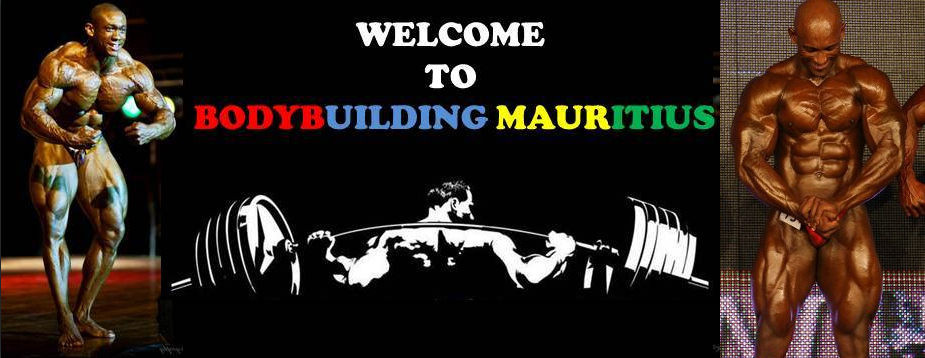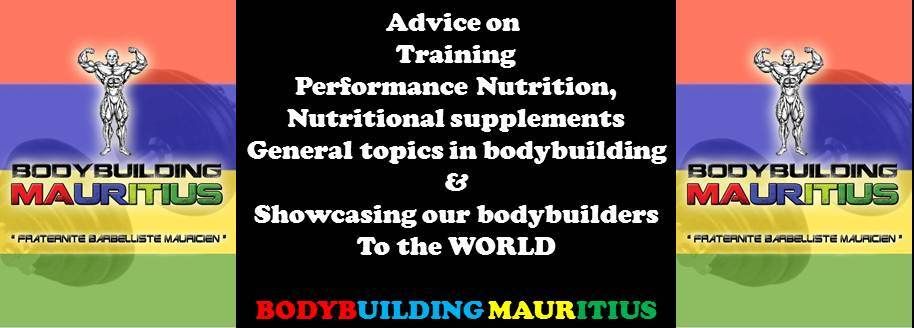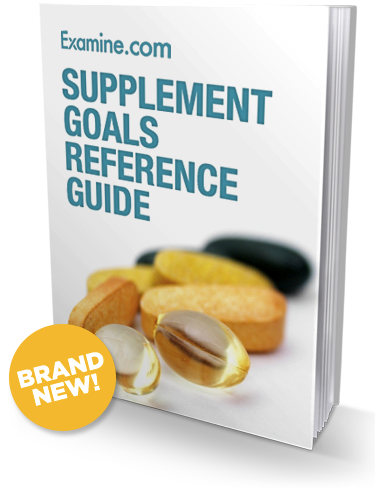ZMA under the Microscope:
Wonder Supplement or Just Another Decent Zinc Formulation?
Researched and composed by Veeraj Goyaram
ZMA came into limelight in
the year 2000 at the same time that a study by Brilla and Conte (2000) showed
that semi-professional athletes who consumed ZMA experienced a 30% increase in
testosterone and an accompanying increase in muscle strength compared to athletes who did not take any ZMA. As a side-note, this study compared ZMA to a
placebo rather than also including another group that supplemented with another
zinc formulation in order to see whether ZMA is superior to any other zinc
formulation.
Failure of ZMA to increase
testosterone levels
ZMA and sleep quality
Wonder Supplement or Just Another Decent Zinc Formulation?
Researched and composed by Veeraj Goyaram
What is ZMA?
ZMA stands for Zinc,
Magnesium and Aspartate and is a patented formulation containing Zinc in the
form of Zinc monomethionine/ Zinc aspartate, Magnesium aspartate and Vitamin B6
(Figure 1).
 |
| Figure 1: Supplement facts of a ZMA supplement |
The monomethionine and
aspartate are amino acids to which the minerals Zinc and Magnesium are bound.
This binding is called amino acid chelation and the resulting products are called amino acid chelates. This is a term which is often seen on supplement labels, especially mineral supplements. Chelation is
simply a procedure to improve the absorption and availability of the mineral. The presence of the amino acid with the mineral molecule renders the latter less prone to absorption inhibitors.
Zinc and Testosterone
levels
ZMA, as most of you
already know, is sold as a testosterone booster supplement either by itself or
as part of products marketed as testosterone boosters
(Figure2). ZMA capitalises on the known
link between deficiency of zinc in the male body and reduced testosterone levels. This
link was first established in the early 60s by Prasad et al. (1963). The actual mechanism became clear subsequently when it was found that Zinc deficiency
impairs the production of testosterone by reducing the action of important hormonal signals
in testosterone production like Luteinizing hormone, follicle stimulating
hormone and gonadotropin-releasing hormone.
It is interesting to note that one
of the two authors of this article, Victor Conte (Figure 3) is the founder of
BALCO Labs of steroid scandal fame. Conte also owns SNAC systems, the company commercialising the product. The publication of the Brilla and Conte (2000) paper really helped business.
 |
| Figure 3: Victor Conte of BALCO labs fame with his flagship product, ZMA |
Unfortunately, many
studies conducted afterwards using ZMA did not find any increase in
testosterone. For example, a study by Wilborn et al. (2004) tested ZMA in
resistance-trained males aged between 27-28 for 8 weeks. ZMA supplementation
increased blood zinc levels by 11-17%.
However, they did not find any significant difference between the levels
of anabolic and catabolic hormones, strength, endurance and anaerobic
capacity.
Another study was
conducted by German researchers (Koehler et al., 2009) in actively exercising
men aged 22-33 yrs who are already consuming enough zinc on a daily basis
(11.9-23.2mg/day) within the RDA range (9-11mg). They found no change in serum
total and free testosterone with ZMA supplementation, suggesting that ZMA has
no significant effects regarding serum testosterone in people who consume a
zinc-sufficient diet.
Is Zinc supplementation of
any help then?
The answer is yes but only
under conditions of Zinc deficiency which is something not difficult to
develop. Zinc deficiency not only impairs testosterone production but also
leads to problems like growth abnormalities, mental lethargy, delayed wound healing and impaired activities of zinc-dependent enzymes which play very
important roles in the body. Under these conditions zinc supplementation definitely help.
What bring about zinc
deficiency are factors like:
- High phytate content of the diet. Phytate is present in the hull of seeds, nuts and grains. It is indigestible and is able to complex minerals, namely Iron and Zinc which are then not available for absorption. My undergraduate degree dissertation was in the field of human mineral nutrition (details in reference section) and I looked extensively at the disadvantages of diets rich in phytates that may lead to mineral deficiency.
- Alcoholism, leading to urinary zinc excretion.
- Liver and renal disease.
- Exercise?
However, even if you are
actively exercising taking extra zinc when you are already getting sufficient
amounts in the diet will be of no further help (Koehler et al., 2009). You can turn to food rather than jump on supplement mega-doses. Taking too much zinc, for instance, potentially has urinary alkalising and diuretic effect and can negatively
impact on the absorption of other minerals like Iron (competitive mineral absorption) (Veeraj Goyaram BSc Hons thesis, 2004)
 |
| Figure 3: some good dietary sources of Zinc (Volpe et al., 2012) |
There are many anecdotal
reports that intake of ZMA and Zinc-Magnesium formulations help improve sleep
quality. Studies also found that zinc
and magnesium supplementation improves sleep quality although these studies did
not use ZMA (Rondanelli et al., 2011). I have personally taken a Cal-Mag-Zinc mineral combo during my early bodybuilding heydays with good result.
The take-home message
- Zinc is important for many body function and a deficiency of zinc can lead to, among others, low testosterone levels.
- Athletes can develop zinc deficiency and must consume foods that provide zinc.
- ZMA has not been proven to increase testosterone. Likewise zinc supplementation is not proven to increase testosterone further when zinc intakes were already adequate.
- You can obtain zinc from food sources and cheaper supplemental sources (e.g Zinc gluconate) rather than the patented, and therefore expensive, ZMA.
- If you have money, buy ZMA. But remember taking extra zinc if testosterone levels and zinc intake are normal will not lead to higher testosterone. There are tests that can be done to check whether you are zinc deficient.
References
Brilla LR and Conte V (2000). Effects of a novel
zinc–magnesium formulation on hormones and strength. JEPonline 3, 26–35.
Goyaram, V. (2004). Determinants of Bioavailability in Human Iron Nutrition: Ascorbic Acid as a Knight in Shining Armour. Dissertation in partial fulfillment of the degree of BSc (Hons) in Biology, University of Mauritius, Reduit, Mauritius.
Kilic M, Baltaci AK, Gunay M, Gökbel H, Okudan N, Cicioglu I. The effect of exhaustion exercise on thyroid hormones and testosterone levels of elite athletes receiving oral zinc. Neuro Endocrinol Lett. 2006 Feb-Apr;27(1-2):247-52.
Kilic M, Baltaci AK, Gunay M, Gökbel H, Okudan N, Cicioglu I. The effect of exhaustion exercise on thyroid hormones and testosterone levels of elite athletes receiving oral zinc. Neuro Endocrinol Lett. 2006 Feb-Apr;27(1-2):247-52.
Koehler K, Parr MK,
Geyer H, Mester J, Schänzer W.Serum testosterone and urinary excretion of
steroid hormone metabolites after administration of a high-dose zinc
supplement. Eur J Clin Nutr. 2009 Jan;63(1):65-70.
Prasad AS, Miale A,
Farid Z, Schulert A, Sandstead HH (1963). Zinc metabolism in patients with the
syndrome of iron deficiency anemia, hypogonadism and dwarfism. J Lab Clin Med
61, 537–549
Rondanelli M, Opizzi A,
Monteferrario F, Antoniello N, Manni R, Klersy C.The effect of melatonin,
magnesium, and zinc on primary insomnia in long-term care facility residents in
Italy: a double-blind, placebo-controlled clinical trial. J Am Geriatr Soc.
2011 Jan;59(1):82-90.
Volpe, Stella Lucia.
Minerals as Ergogenic Aids. Current Sports Medicine Reports. 7(4):224-229,
July/August 2008.
Wilborn CD, Kerksick
CM, Campbell BI, Taylor LW, Marcello BM, Rasmussen CJ, Greenwood MC, Almada A,
Kreider RB. Effects of Zinc Magnesium Aspartate (ZMA) Supplementation on
Training Adaptations and Markers of Anabolism and Catabolism. J Int Soc Sports
Nutr. 2004 Dec 31;1(2):12-20.
©,2013, Veeraj Goyaram, Bodybuilding Mauritius. Any reprinting in any type of media is prohibited.
Disclaimer: The Content on this site is intended to be used for educational and entertainment purposes only. It is not intended to be and should not be interpreted as medical advice or a diagnosis of any health or fitness problem, condition or disease; or a recommendation for a specific test, doctor, care provider, procedure, treatment plan, product, or course of action. BODYBUILDING MAURITIUS is not a medical or healthcare provider and your use of this site does not create a doctor / patient relationship. We disclaim all responsibility for the professional qualifications and licensing of, and services provided by, any physician or other health providers posting on or otherwise referred to on this Site and/or any Third Party Site. Never disregard the medical advice of your physician or health professional, or delay in seeking such advice, because of something you read on this Site. We offer this Site AS IS and without any warranties. Correspondence: vicgoyaram@gmail.com
________________________________________________________________________________





















.jpg)


























